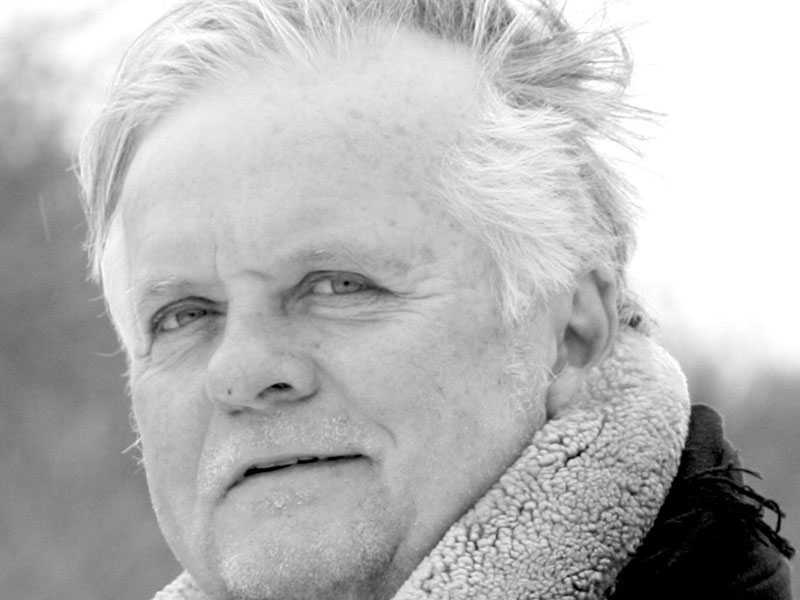Columnists
Chant d’automne

It seems that the pace of the season shifts with the gathering of the monarch butterflies. One by one, and sometimes in twos, I have noticed in recent days as they seem to be answering the call, winging through my yard to join their congregation destined south. Soon they will be witnessed amassing along our beaches in anticipation of the timing of the updrafts of air that support their migration across the lake on their way to Mexico. Even the business of the cheery chorus of yellow finches is a daily event that trumpets change in the air as the birds descend on the now in-seed cup plants that ring my place.
The poetry of the season gets cut short, however, if you get me going on ‘Barnhart’ the red squirrel that insists on making his/her home hidden in the beams above my head in my studio building. Every fall comes the dilemma of truthfully wanting Barnhart gone versus the concern of bad karma that could potentially blow up in my face by actually making that happen, especially as he/she stocks up home for winter. So we try to get along.
While the 19th century Paris-born poet, art critic and translator Charles Baudelaire described how “leaves grow old gracefully; bring such joy in their last lingering days,” the American fiction writer of the jazz era, F. Scott Fitzgerald thought that “life starts all over again when it gets crisp in the fall.” However it is expressed, being a northern people means we will forever live the emotional dichotomy that surrounds us at this time of year—the melancholy that is woven into the beauty of the season’s evolving landscape.
While our summer escapes are being stored away both physically as well as within our memory storehouses, the warmth of the hearth, the scent of lanolin in woollen sweaters, the bouquet of ground crops—turnip and squash, parsnip and carrots—that drift from the stew pot on the stove all seem to carry the message of transformation; of turnover of season; of passing while simultaneously heralding the rewards of time of year comforts.
Perhaps for its content of metaphor and prose or perhaps again it is a lament for a huge society in the global north, my personal interest in calendars are ones descriptive of the culture of the Inuit. As an agricultural based society here in the south, our seasons are more evenly described through the rotation of spring planting and fall harvest, whereas in the far north there are six and sometimes seven seasons precisely linked to survival of a historical hunter/gatherer people. The northern calendar, in a region of long winters and long summers, is broken down into early fall, fall, winter, early spring, spring and summer. Animal migration and food preservation cannot be treated haphazardly. Inuktitut calendar names have explanations; history; meaning and community ownership embedded in them. The stars, rings around the moon, high and low tides, sundown/sunup remain as grounded factors to a way of life. These dynamics, as well as the knowledge of the elders remain treasured by many of today’s generation. It is remorseful that a six-month expectation of sea ice, which has been counted on through the millennia as a link to communities and hunting grounds, is now victim of the detritus of an oblivious industrialized world to the south.
I glance to my calendar as I write this, realizing that we are in early fall exactly midway from the passing of the Full Harvest Moon of September and the coming of the Hunter’s Moon of October. In spirit I am with the 350,000 caribou of the Quamirjuag herd in the Barrens west of Hudson Bay that have begun to move south, foraging to put on fat as the rutting season approaches and then winter. When I have safely migrated in my reverie and have finished this piece I’ll be getting back to stacking the woodpile out back, the thing we do down here along Slab Creek to honour the poetry of change.

Comments (0)